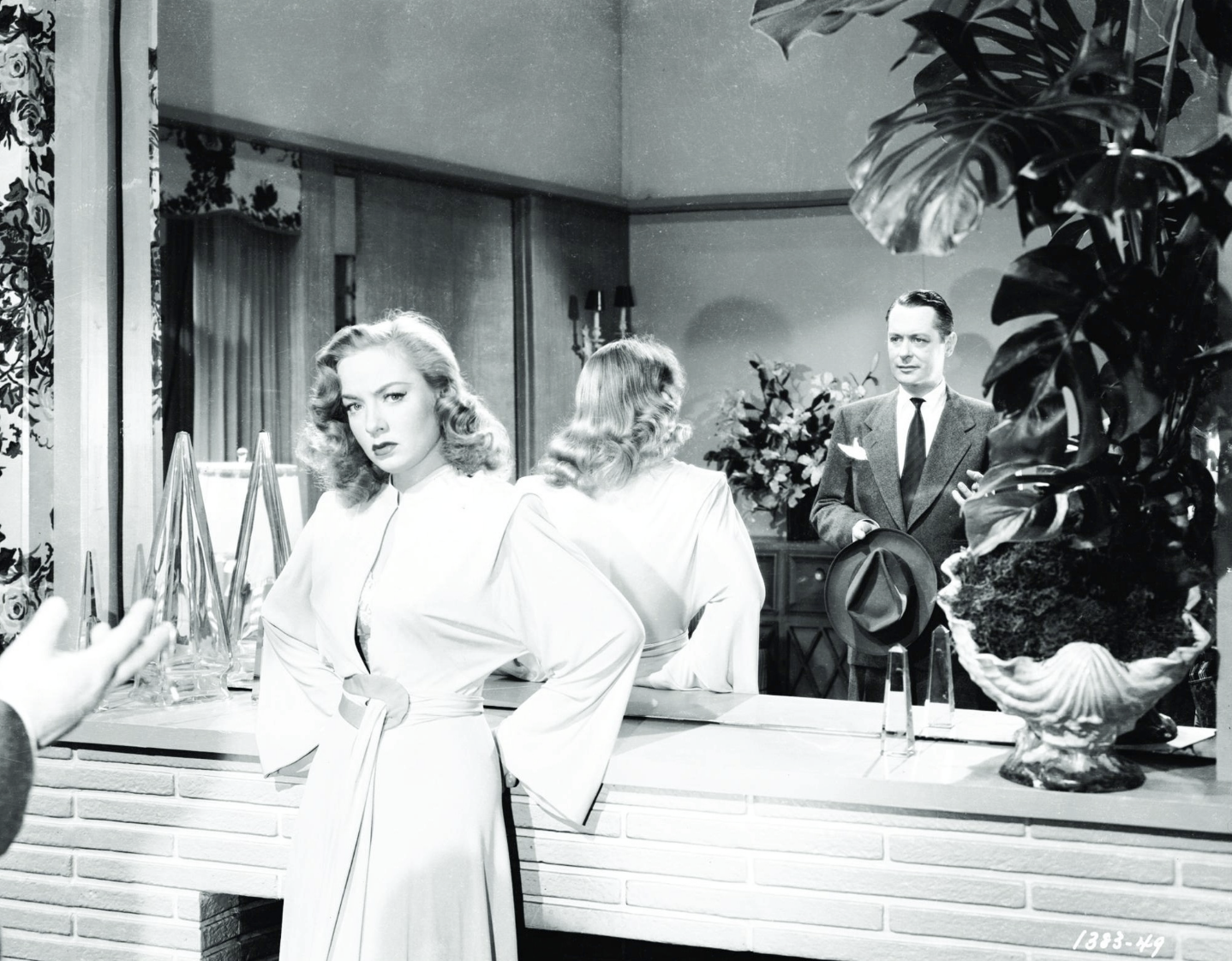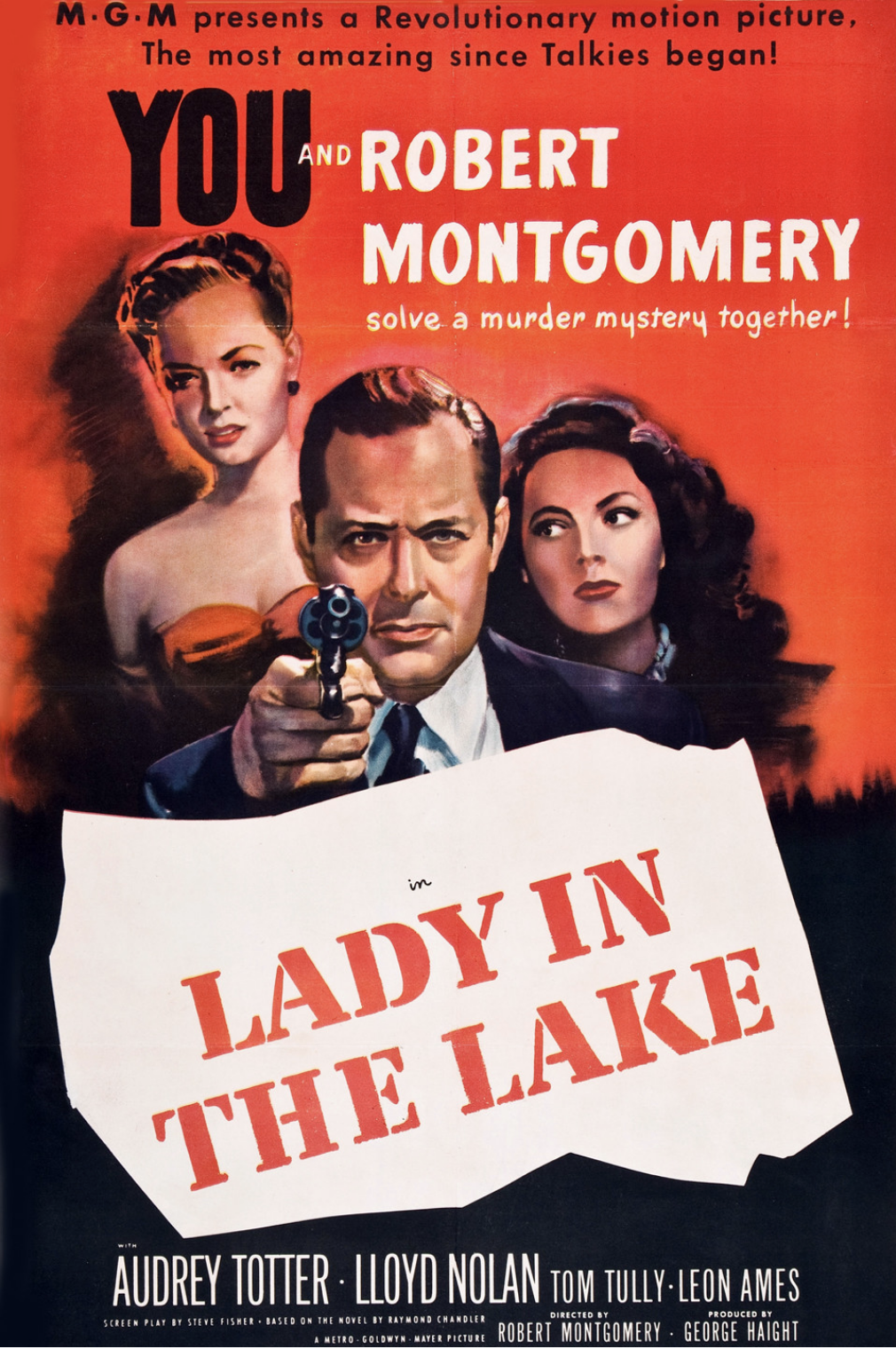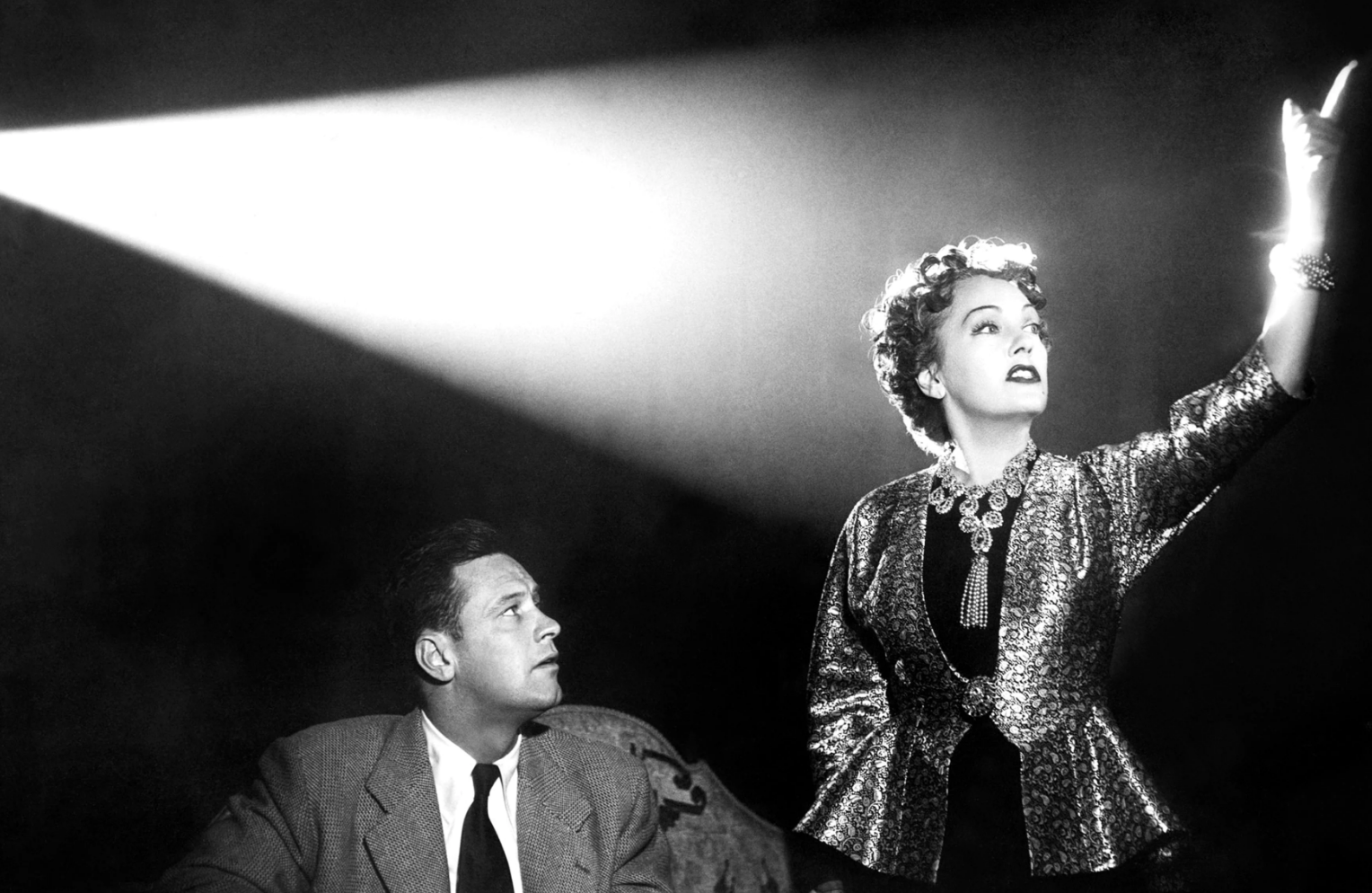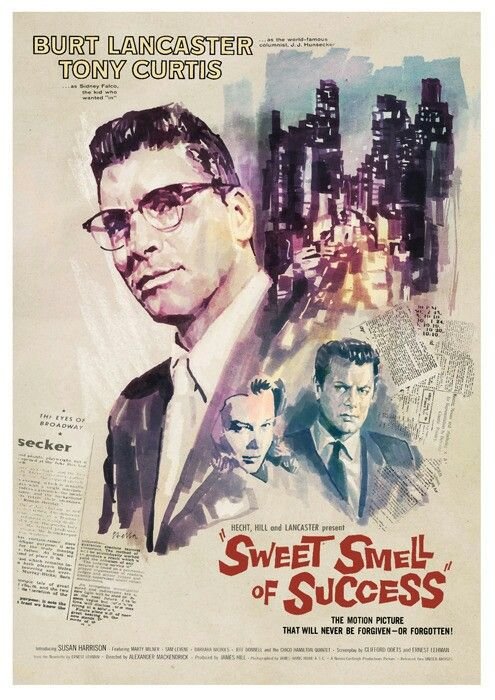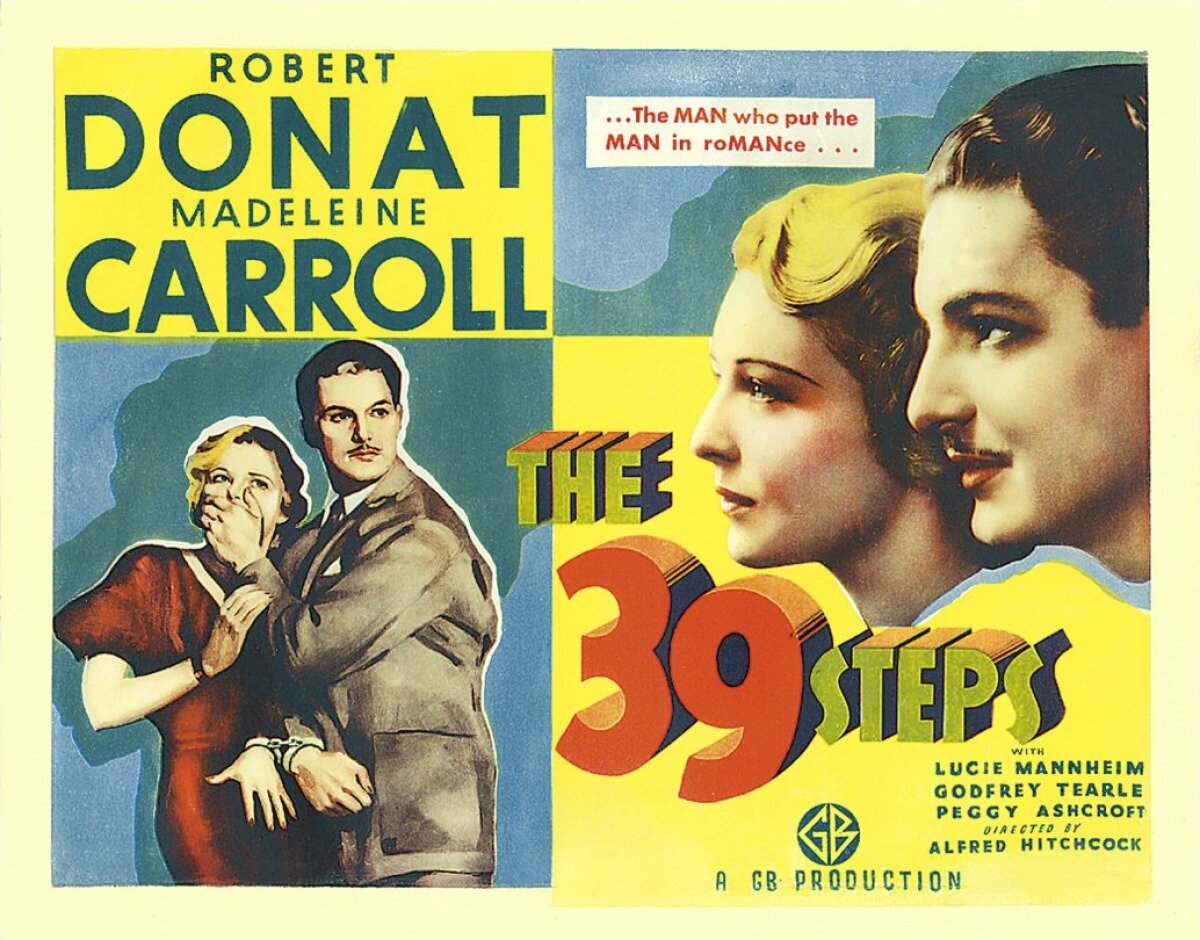I Know Where I’m Going!…The Best Leaders Listen to Their Hearts
Joan: Please, please, God. You know how important it is for me to get to Kiloran. Please let the gale drop… Or let me get to the island somehow. Please. Please.
‘I Know Where I'm Going!’ is a 1945 romantic drama created by the masterful Michael Powell and Emeric Pressburger.
It’s the story of an ambitious, independent woman who has a fixed view of her future and is determined not to be distracted from her objectives by fate, feelings or circumstance.
Narrator: When Joan was only one, she already knew where she was going… She's 25 now and in one thing she's never changed - she still knows where she's going.
We meet Joan Webster (Wendy Hiller) in a smart Manchester nightclub. Stylishly dressed and confident, she casually takes a puff on her cigarette and orders a gin and Dubonnet. Over dinner with her bank manager father she briskly announces that she is setting off that evening for the Isle of Kiloran in the Hebrides. There she will marry Sir Robert Bellinger, her boss at Consolidated Chemical Industries, a wealthy industrialist.
Father: Bellinger must be nearly as old as I am.
Joan: And what's wrong with you, darling?
In her first class compartment on the night train to Scotland, Joan dreams of her future life of luxury as Lady Bellinger. But her fantasy takes a rather curious turn as she imagines taking her wedding vows.
'Do you, Joan Webster, take Consolidated Chemical Industries to be your lawful wedded husband?’
'I do.'
When dense fog postpones the final leg of her journey, the boat trip to Kiloran, Joan is obliged to sit it out on the Isle of Mull. There she meets Torquil MacNeil (Roger Livesey), a naval officer returning home to Kiloran for his eight days’ shore leave.
The pair kill time together in a land of big skies, tall mountains and turbulent seas; of long-horned cattle, friendly hounds and singing seals. Joan encounters Gaelic-speaking locals, impecunious gentry and an eccentric falconer. She dances to pipers at a joyous ceilidh and is introduced to traditional superstitions and an ancient curse.
Joan: People around here are very poor I suppose.
Torquil: Not poor, they just haven't got money.
As the fog turns to a gale, Joan becomes ever more impatient.
Joan: How long will the gale last?
Boatman: Oh, just as long as the wind blows, milady. It can last for a day. It can blow for a week.
Joan: It looks so near. In half an hour we could be there.
Boatman: In less than a second you could get from this world into the next.
And so the delay drags on.
Joan learns that the locals are not particularly enamoured of her husband-to-be. Betraying his city origins, he is having a swimming pool built in his grand house and buys his salmon in from the mainland. She also discovers that Torquil - by contrast an enthusiast for country living - is the Laird of Kiloran, beloved of the community.
Gradually Joan finds herself falling for her new acquaintance. And so is all the more determined to stick to her original objective and get away.
Joan: It's very important. I must get across. I'll pay you anything you ask.
Boatman: I will take you to Kiloran as soon as it is humanly possible, milady, and I will not be wanting extra payment for that.
Joan is increasingly torn between realising her long-held goal and losing herself to Torquil. Desperate to salvage her plans, she bribes young Kenny, the Boatman’s son, to attempt the hazardous crossing.
Joan: You think that I'm risking Kenny's life when I could stay safely here. But I'm not safe here. I'm on the brink of losing everything I ever wanted.
We may recognise something of Joan’s obstinacy - her dogged determination to see things through - in our own lives. Too often we ignore evolving context, unwelcome information and our own emotional messaging. We know where we’re going, and we’ll not be deterred or distracted. But our destination has become the wrong one.
In the world of work we celebrate objective setting and long term planning. We admire people who exhibit resolve and conviction; who keep their eyes on the prize. But the best leaders also embrace agility and flexibility. They adapt to changing data, events and circumstances. They listen to their hearts.
The movie culminates in high drama as Torquil joins Joan and Kenny on the perilous boat trip. They must overcome a violent storm, mechanical failure and the legendary Corryvreckan whirlpool. It’s gripping stuff.
I hope you know where you’re going in 2024. And that it’s in the right direction. Happy New Year!
'I know where I'm going,
And I know who's going with me.
I know who I love,
But The Devil knows who I'll marry.
I have stockings of silk,
Shoes of fine green leather,
Combs to buckle my hair,
And a ring for every finger.
Some say he's black.
I say he's bonny.
The fairest of them all,
My handsome winsome Johnny.
I know where I'm going,
And I know who's going with me.
I know who I love,
But the Devil knows who I'll marry.’
The Glasgow Orpheus Choir, 'I Know Where I'm Going’ (Traditional County Antrim song)
No. 450



